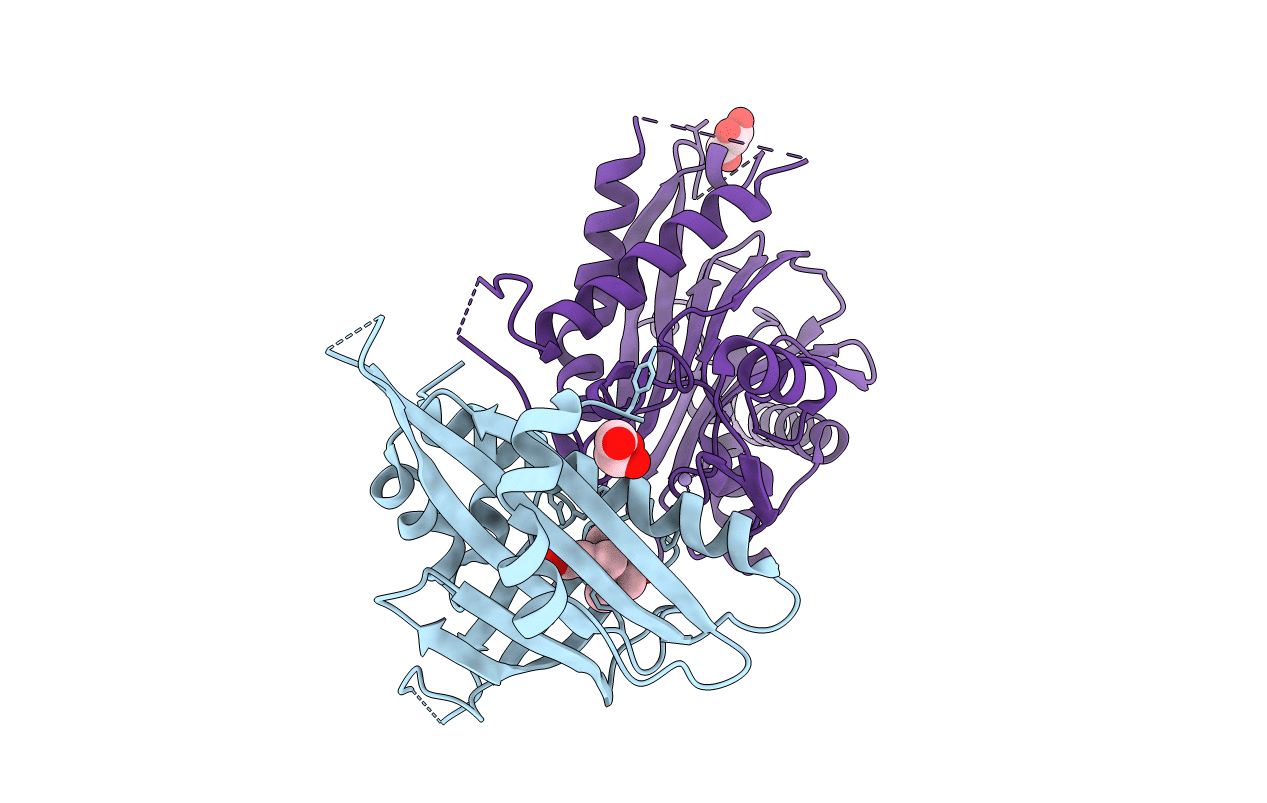
Deposition Date
2012-02-18
Release Date
2012-06-06
Last Version Date
2023-11-08
Entry Detail
PDB ID:
4DS8
Keywords:
Title:
Complex structure of abscisic acid receptor PYL3-(+)-ABA-HAB1 in the presence of Mn2+
Biological Source:
Source Organism:
Arabidopsis thaliana (Taxon ID: 3702)
Host Organism:
Method Details:
Experimental Method:
Resolution:
2.21 Å
R-Value Free:
0.22
R-Value Work:
0.18
R-Value Observed:
0.18
Space Group:
P 1 21 1


